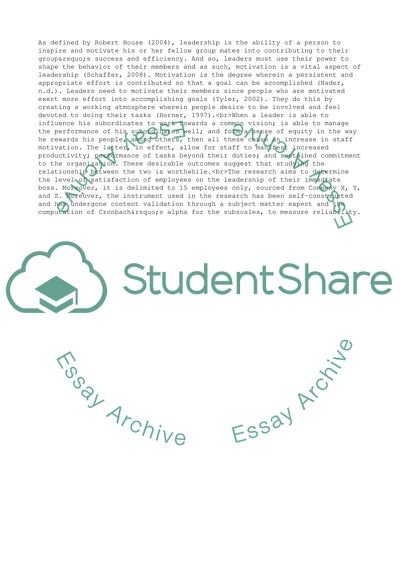Cite this document
(The Relationship Between Leadership Behaviors and Employee Motivation Research Paper - 3, n.d.)
The Relationship Between Leadership Behaviors and Employee Motivation Research Paper - 3. Retrieved from https://studentshare.org/management/1736056-research-methods
The Relationship Between Leadership Behaviors and Employee Motivation Research Paper - 3. Retrieved from https://studentshare.org/management/1736056-research-methods
(The Relationship Between Leadership Behaviors and Employee Motivation Research Paper - 3)
The Relationship Between Leadership Behaviors and Employee Motivation Research Paper - 3. https://studentshare.org/management/1736056-research-methods.
The Relationship Between Leadership Behaviors and Employee Motivation Research Paper - 3. https://studentshare.org/management/1736056-research-methods.
“The Relationship Between Leadership Behaviors and Employee Motivation Research Paper - 3”, n.d. https://studentshare.org/management/1736056-research-methods.


